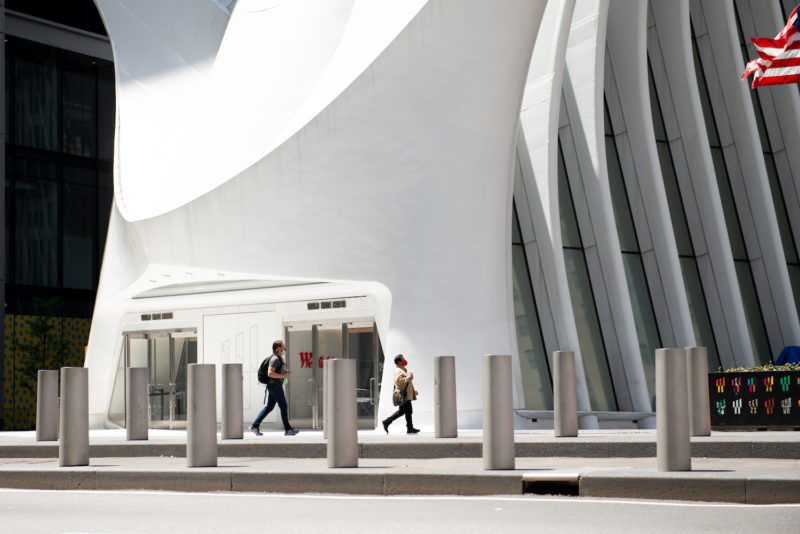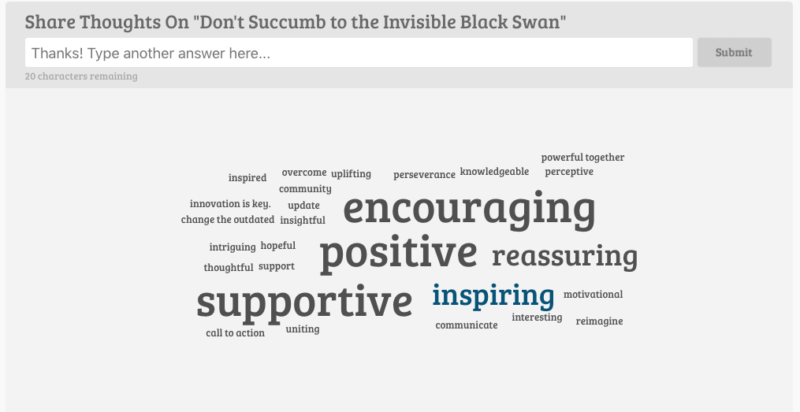
With her new column on Forbes.com, Shelley E. Kohan, associate professor of Fashion Business Management, has been a voice of wisdom and reason as the apparel industry struggles through the COVID-19 pandemic. Kohan, a retail consultant with three decades of industry experience, has been a vice president at companies like Bloomingdale’s, Saks Fifth Avenue, and Space NK. We asked her about her business predictions and FIT’s shift to remote learning for the spring semester.
How is the coronavirus changing the retail landscape?
E-commerce will probably grow at a higher trajectory than originally planned. And when things begin to feel normal again, consumers probably won’t step back to the behaviors of the past. Some shoppers were hesitant to buy groceries online. Now they’re doing it, and many will continue to do it.
How is technology helping right now?
The good news is that over the past couple of years, a lot of companies have spent time, energy, and resources getting their infrastructure up to speed so that they can seamlessly transact online. When stores closed, a lot of retailers were better positioned to keep some of their business running, though even successful online sales cannot make up for the drop in revenue from a fleet of stores. Many retailers, like Target, have done an incredible job with cross-channel commerce, such as curbside pickup or “buy online, pick up in store.”
I’ve also written a couple of articles for Forbes about current technologies in the industry that make the shopping experience easier. For example, Amazon developed the Just Walk Out technology for its cashier-less Amazon Go stores. Shoppers can scan an app as they enter a store, pick merchandise off the shelves, and leave the store without stopping to check out.

Is the outlook hopeless for fashion businesses?
One challenge is that they have missed the entire spring season. All the receipts that come in for spring revolve around the Easter selling period, and that didn’t happen. In addition, they have to contend with merchandise that was ordered six months ago and is sitting in the pipeline. At the end of the day it’s a financial model that will collapse without revenue coming in.
But I definitely don’t think it’s hopeless. Those with a diversified business model have a better chance of bouncing back more quickly. That means doing business in multiple channels, whether it’s wholesale, retail, licensing, or direct-to-consumer. On a recent investor call, PVH talked about how they’ve been around for over 100 years, through the Great Depression and a World War, and they’re going to get through this as well. They’re wholesale, they’re retail, and they’re also geographically spread out: As stores in the U.S. shut down because of the virus, those in China opened back up.
What can we expect once stores reopen?
Stores are being set up to conform with government mandates and CDC protocols for safety. Modifications will include plexiglass barriers at checkouts, hand sanitizer stations, more open fitting room layouts, and more spacing between merchandise displays. Many retailers are looking at curbside pickup, which also requires physical adjustments. Signage and web content will inform, remind, and educate shoppers about safety protocols. Hold music and in-store audio will be changed to information about safe shopping standards. Employees will wear face coverings and will have additional cleaning regimens.
You’ve taught online for years. How have you translated your in-person classes to remote learning?
I have my existing asynchronous online classes—students take in the content on their own time. But it’s almost impossible for a face-to-face student to flip the switch and go completely asynchronous. Instead, for remote learning, I mix lecture, video, live interviews, and webinars, and I also involve students through virtual breakout discussions, polls, and chat boxes. Some students are apprehensive about putting their camera on or using their microphone, but when they go into small groups, I see all the mics go on. I also use AnswerGarden—I learned about it at a seminar FIT provided. You ask a question, and everyone answers it, and you have this beautiful list of answers that’s presented as a word cloud. The students love it.

For my Leadership Development for Retailing class, we were supposed to do a store tour, the same one a CEO would get, with Dan Hodges of Retail Store Tours. Because all the stores are closed now, he provided students with a virtual store tour of some U.S. stores and also took us on a virtual tour of the current China retail market.
This has been a huge change for the students, a paradigm shift in learning—and they’ve done an amazing job.
